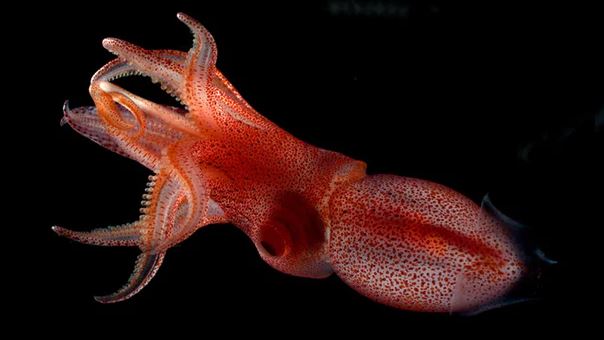Los Angeles: Inspired by the dynamic skin of stealthy sea creatures, researchers have developed a next-generation, adaptive space blanket that gives users the ability to control their temperature.
Ultra-lightweight space blankets have been around for decades, but the key drawback is that the material is static, said Alon Gorodetsky, an associate professor at the University of California, Irvine (UCI) in the US.
“We have made a version with changeable properties so you can regulate how much heat is trapped or released,” Gorodetsky said in a statement.
The researchers took design cues from various species of squids, octopuses and cuttlefish that use their adaptive, dynamic skin to thrive in aquatic environments.
A cephalopod’s unique ability to camouflage itself by rapidly changing colour is due, in part, to skin cells called chromatophores that can instantly change from minute points to flattened disks, according to the research published in the journal Nature Communications.
“We use a similar concept in our work, where we have a layer of these tiny metal ‘islands’ that border each other,” said Erica Leung, a UCI graduate student.
“In the relaxed state, the islands are bunched together and the material reflects and traps heat, like a traditional Mylar space blanket,” she said.”When the material is stretched, the islands spread apart, allowing infrared radiation to go through and heat to escape.”
Gorodetsky said the novel material may be used as reflective inserts in buildings to provide an insulation layer that adapts to different environmental conditions.
It may also be used to fabricate tents that are exceptionally good at keeping occupants comfortable outdoors and to effectively manage the temperature of valuable electronic components.
Clothing would be a particularly fitting application for the new, bio-inspired material, Gorodetsky said.
“The temperature at which people are comfortable in an office is slightly different for everyone. Where one person might be fine at 70 degrees, the person at the next desk over might prefer 75 degrees,” he said.
“Our invention could lead to clothing that adjusts to suit the comfort of each person indoors. This could result in potential savings of 30 to 40 per cent on heating and air conditioning energy use,” Gorodetsky said.
Those marathon runners who wrap themselves in space blankets might be able to type in a number on a garment-integrated user interface to achieve the desired level of thermal comfort, optimising performance during races and recovery afterward.
Other benefits, Leung said, include the material’s light weight, ease and low cost of manufacturing, and durability.
She noted that it can be stretched and returned to its original state thousands of times.
PTI
